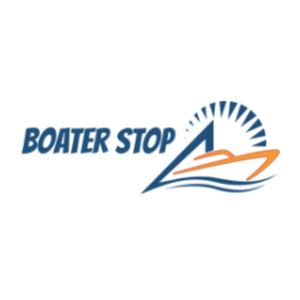Save Money and Protect Your Inboard Motor with the Winterization Tips Below
As the boating season winds down, it's crucial to embark on a meticulous winterization process to protect your boat engine. To initiate this process, fill the fuel tank with gas and incorporate a recommended fuel stabilizer like Star brite EZ-To-Start or one specified in your Owner’s Manual. This step is especially vital for ethanol-enhanced gas; maintaining a full tank reduces air presence, minimizing moisture condensation, and potential water accumulation in the fuel-water separator.
Alongside preventing varnish buildup during inactivity, a fuel stabilizer ensures a smooth start in the spring. Utilize this opportunity to replace the filter element in your fuel filter-water separator, enhancing overall engine performance.
Antifreeze Application for Engine Block Protection
The subsequent critical step involves winterizing the engine block with antifreeze, guarding against freezing-induced cracks. While some opt for compressed air flushing, this method holds risks, making antifreeze flushing a safer alternative. Two types of antifreeze exist: automotive antifreeze, suitable for closed freshwater cooling systems, and non-toxic propylene glycol antifreeze, recommended for boats with raw water cooling systems. The latter, exemplified by West Marine antifreeze, is a premium, corrosion-inhibiting option.
Antifreeze concentration levels matter, with -100-degree antifreeze recommended for optimal protection due to potential dilution by residual water. Understanding burst point and freeze point nuances can be explored further for technical insights.
Application Process – Sterndrives and Inboard Engines
For sterndrives, utilizing a do-it-yourself winterizing kit simplifies the task. Connect the garden hose, start the engine, and let it warm up before introducing antifreeze and fogging oil. Removing the flame arrestor facilitates this process, ensuring thorough winterization.
Inboard engines follow a slightly different procedure. Warm the engine, use a five-gallon bucket with undiluted antifreeze, and circulate it through the engine. The process involves closing the intake seacock, removing the raw water intake hose, and connecting it to the antifreeze-filled bucket. Run the engine until antifreeze discharges from the exhaust, then apply fogging oil as with sterndrives.
Oil Change and Exhaust Inspection
With the engine warm, proceed to change the oil and oil filter. Clean oil is crucial for preventing contaminants and acids from harming the engine during storage. Check the exhaust system for carbon buildup or corrosion, inspect hoses for signs of wear, and ensure all hose clamps are tight.
Sealing Openings and Final Checks
Seal all openings to prevent damp air infiltration, using plastic container caps and tape. Make a note to remember to unseal them in the spring. Perform miscellaneous checks, including tightening the stuffing box if the boat will be stored in the water, inspecting motor mounts, lubricating grease points, and removing control cables for coating with grease. Make a comprehensive note of any damage or needed repairs for future attention. These meticulous steps ensure a thorough winterization, preserving the health and longevity of your boat engine during the colder months.
